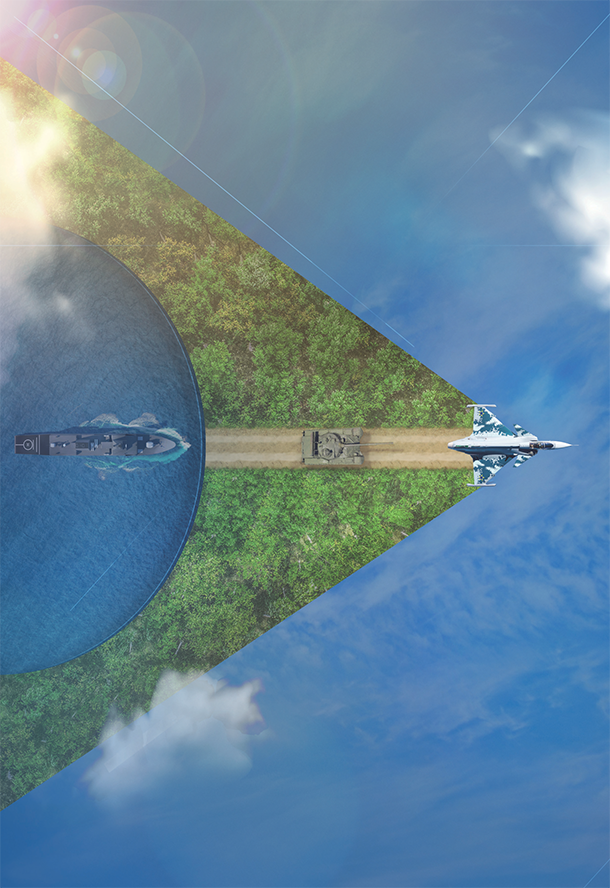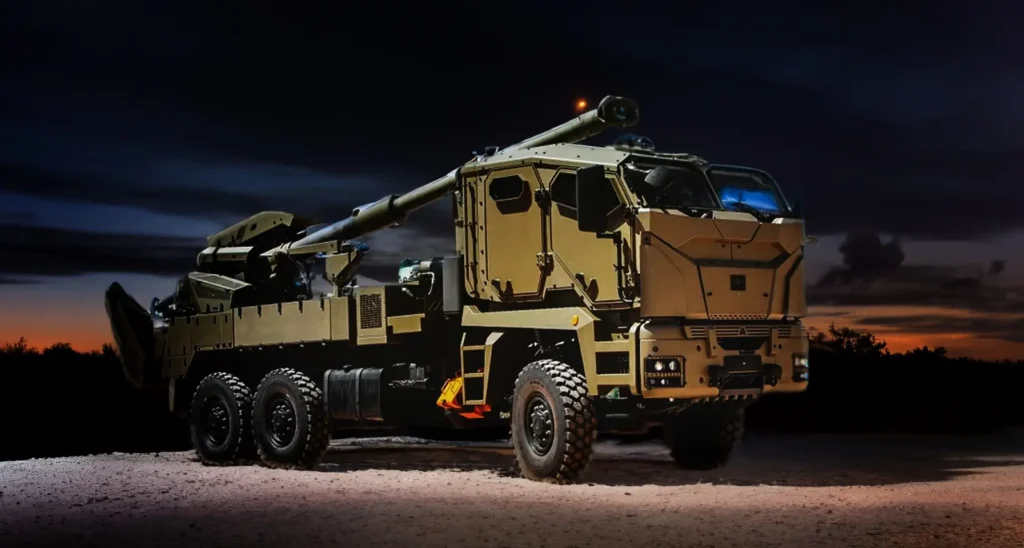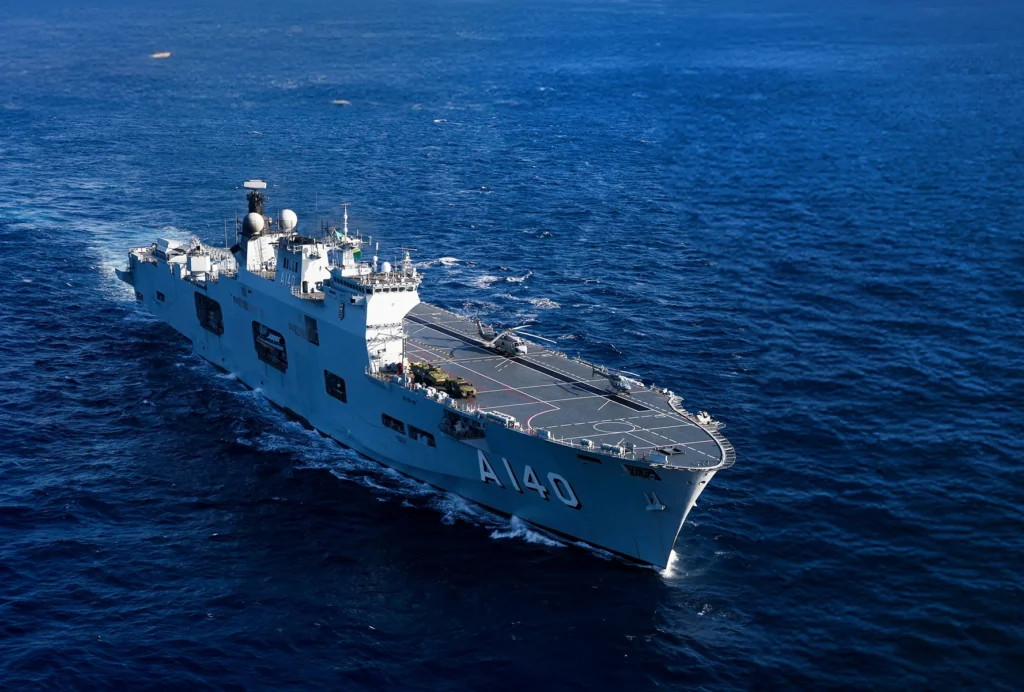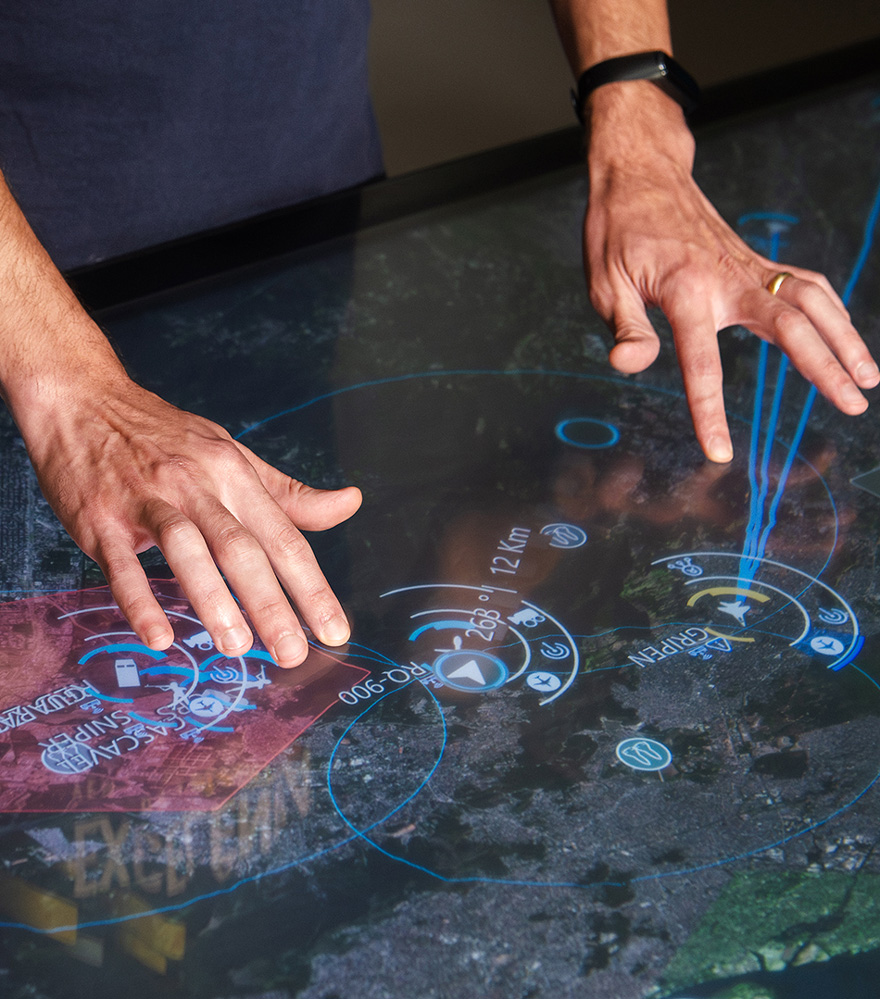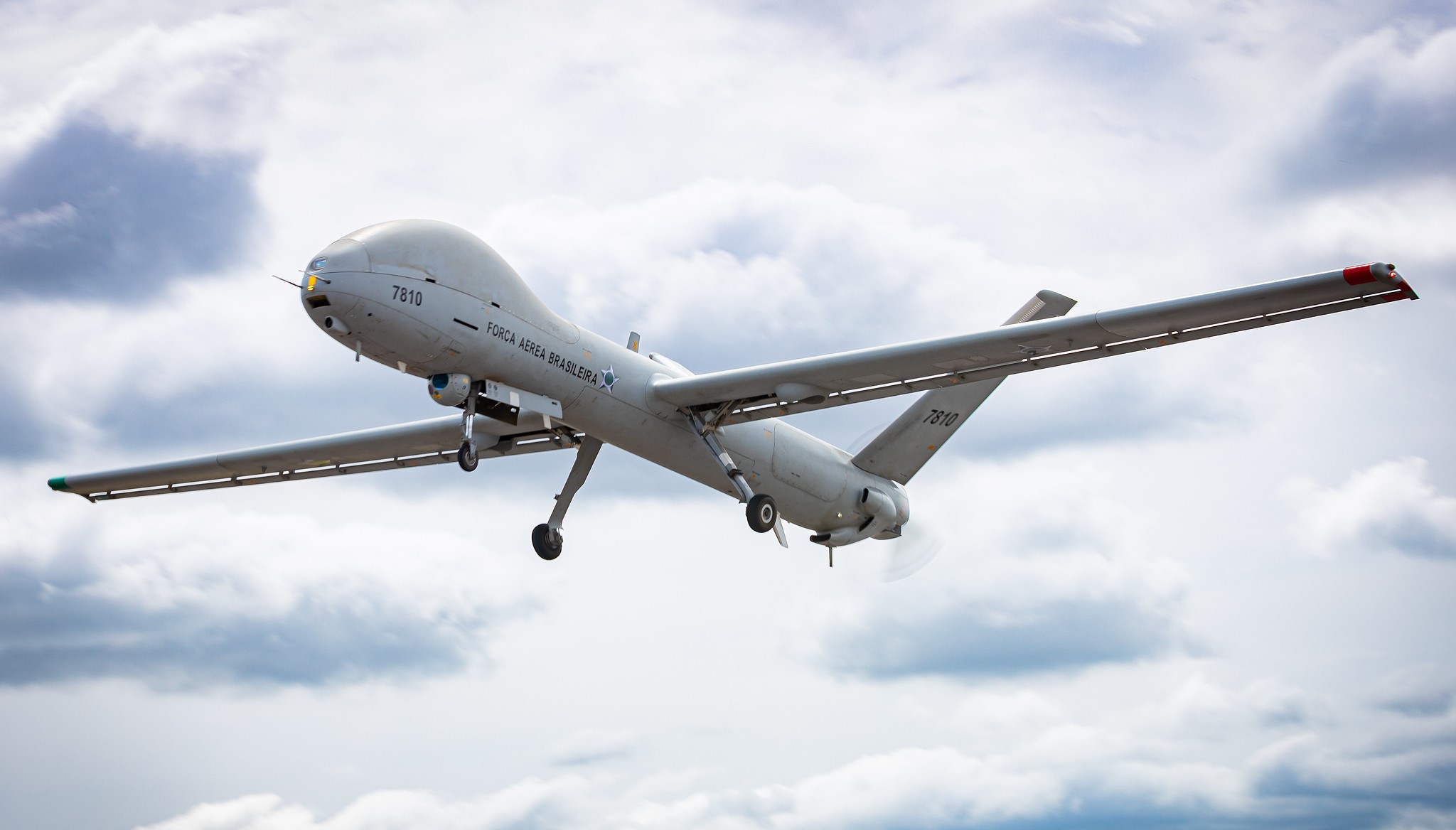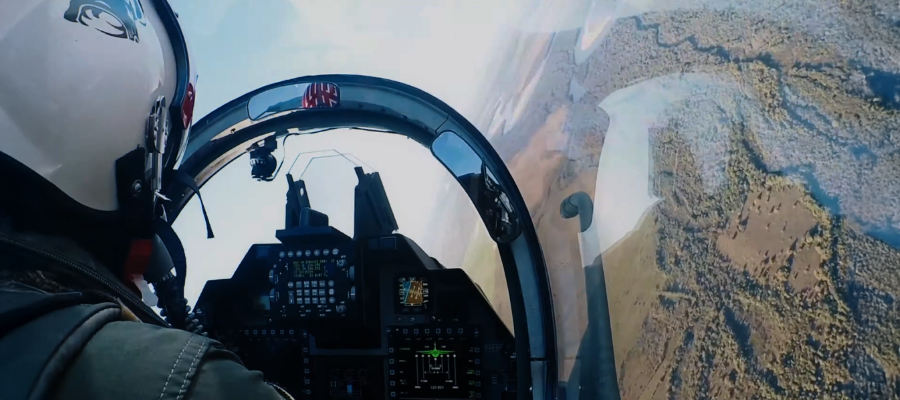NOSSO PORTFÓLIO
Solução completa, integrada e customizada.
Na AEL Sistemas, combinamos inovação, expertise e tecnologia de ponta para desenvolver soluções personalizadas para o setor de Defesa. Desde a pesquisa e desenvolvimento até a produção e suporte logístico, nossos sistemas são moldados para atender às necessidades específicas de nossos clientes e podem ser integrados para fornecer soluções completas. Com um foco constante na excelência e na capacitação local, oferecemos um portfólio diversificado para os domínios aéreos, espaciais, terrestres e navais, colocando o Brasil na vanguarda da inovação tecnológica global.
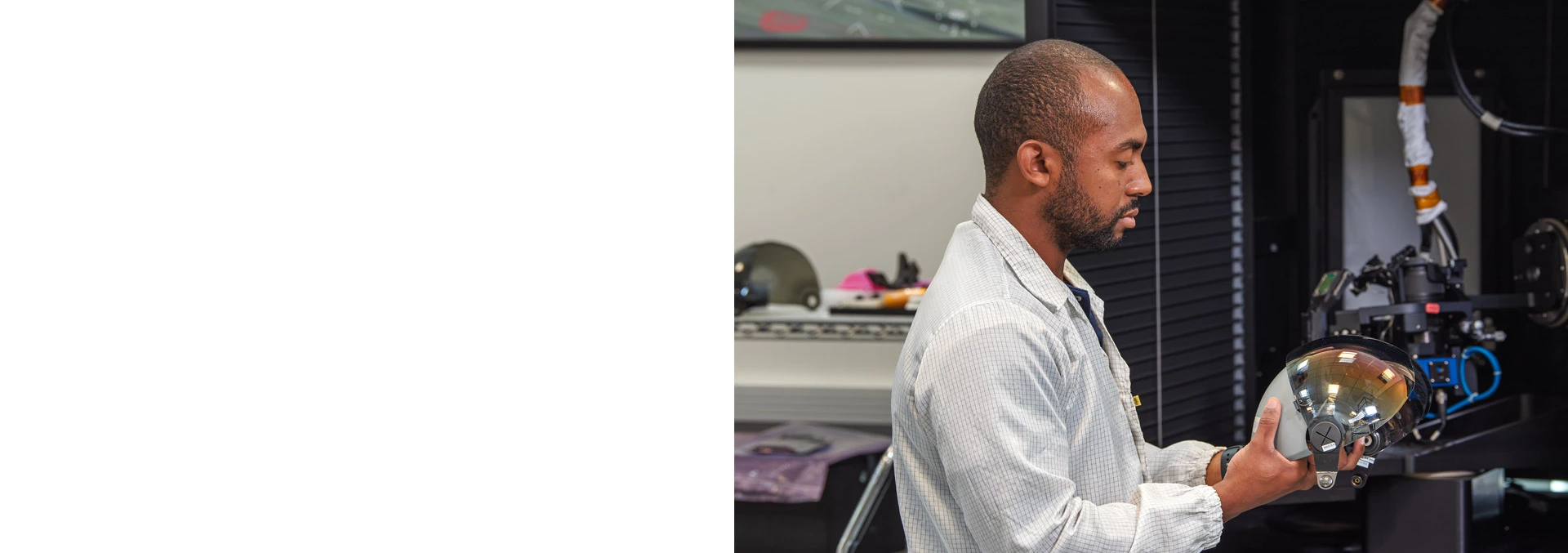
Sobre nós
Somos uma empresa de Defesa genuinamente brasileira, que há mais de 40 anos, desenvolve e produz soluções inovadoras, reconhecidas mundialmente, para as mais diversas necessidades críticas de missão e plataformas.
Saiba mais
